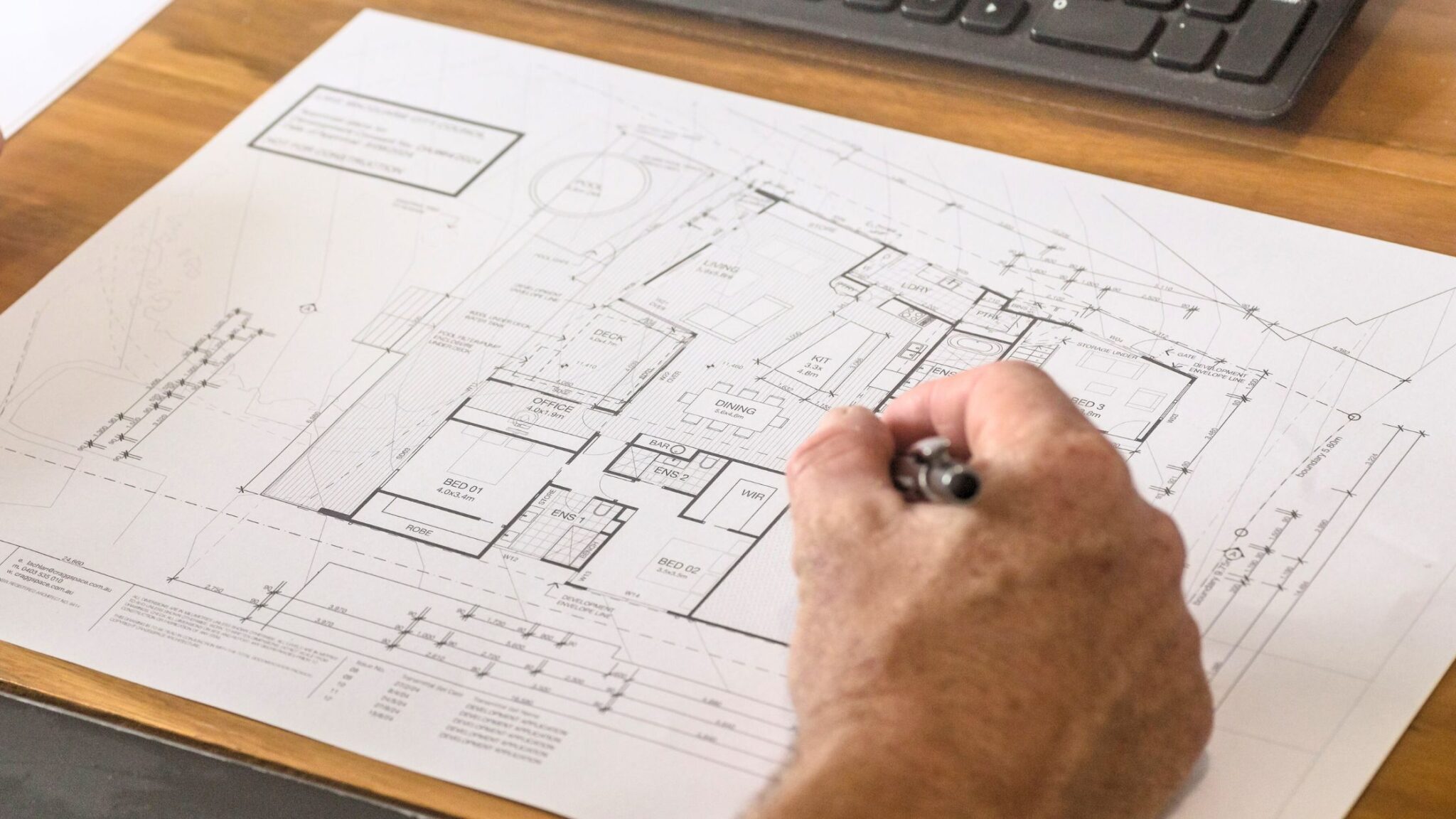What if I told you there’s a way to build your dream home — and save thousands of dollars in the process? Sounds too good to be true, right?
But the secret to cutting thousands off your construction costs is simpler than you think — if you design strategically.
Unfortunately, many homeowners unknowingly waste money by overlooking one crucial factor: being efficient in the use of materials.
Ignoring it leads to:
- Excessive joints that drive up material and labour costs
- Additional structural support to handle non-standard materials, and
- Unnecessary waste that drains your budget
The good news is you can build smarter by following a strategy designed specifically to reduce waste and costs. It’s called the Six-Metre Design Strategy, and it’s the secret to building a more efficient, cost-effective, and eco-friendly home.
Why Six Metres? Understanding the Standard
Most building materials — timber, plasterboard, and steel beams — come in standard six-metre lengths. Why does this matter?
- Availability: Materials are mass-produced and shipped in these standard lengths to ensure ease of supply and uniformity across projects.
- Cost Efficiency: When you design with these standard lengths in mind, you avoid the cost of custom or non-standard materials, which are typically marked up significantly.
- Simplicity: Using materials that are already standard-sized allows your design to remain more straightforward, reducing complexities on-site.
Designing around these six-metre lengths doesn’t just make your home more affordable — it makes the entire building process smoother, quicker, and more efficient.
Now that you understand the significance of using standard-size materials, let’s discuss how it impacts your build and leads to efficiency and savings.
There are three main benefits to this approach:
1. Minimising Material Waste
Waste is one of the biggest contributors to higher construction costs, and yet it’s an easily avoidable problem when you stick to standard sizing.
Here’s why:
- Reduced Off-Cuts: Standard material lengths reduce the need for cutting materials to fit your design. This not only minimises waste but also avoids the need to purchase additional materials to make up for unusable scraps.
- Optimised Materials: With a design based around six-metre lengths, there’s less chance of overestimating the amount of materials you’ll need. This leads to fewer purchases and less waste disposal.
Material efficiency means you’re building smarter from the start — cutting costs without cutting corners.
2. Reducing Labour and Structural Costs
But material efficiency isn’t just about saving on raw materials — it also cuts down on labour and additional structural costs associated with handling non-standard materials.
Here’s how:
- Simplified Construction: When your design uses readily available materials, builders don’t need to make additional cuts, joints, or adjustments to fit non-standard lengths. This leads to faster construction times and lower labour costs.
- No Need for Custom Support: Sticking to six-metre lengths eliminates the need for extra structural supports, saving you money and reducing overall project complexity.
With a streamlined approach, your project runs smoother, faster, and more affordably from day one.
3. Building for Sustainability
Reducing material waste and minimising inefficiencies not only saves money, it also benefits the environment.
Here’s how:
- Less Waste, Smaller Footprint: Every off-cut that gets thrown away is wasted material and money. By sticking to standard lengths, you use what you buy efficiently and send less to the landfill.
- Lower Carbon Emissions: Using fewer materials means fewer deliveries, reducing transportation and shrinking your project’s carbon footprint.
- Sustainable Sourcing: Standard-length materials are often sourced from suppliers who prioritise sustainability. Choosing these options helps support eco-friendly building practices.
What’s Next? Design With Strategy, Build With Savings
The Six-Metre Design Strategy is a game-changer for homeowners who want to reduce costs, minimise waste, and create a more sustainable home.
Of course, we’re only scratching the surface on what it takes to build a home that stands the test of time. That’s why we’ve designed this comprehensive guide:
7 Things You Must Know Before Designing a New Home
It’s packed with advice to help you avoid costly mistakes and get the best price from your builder.


